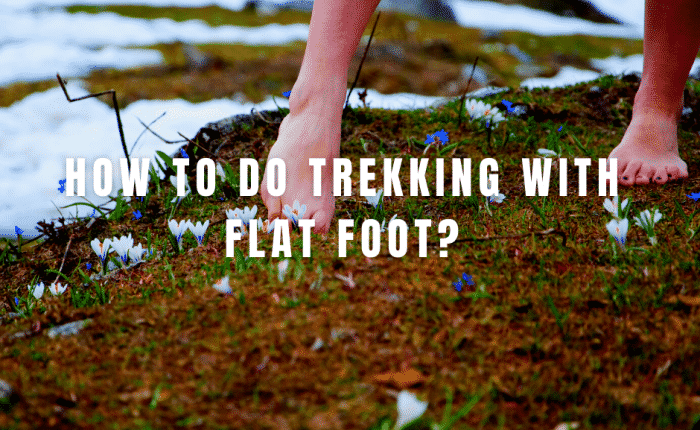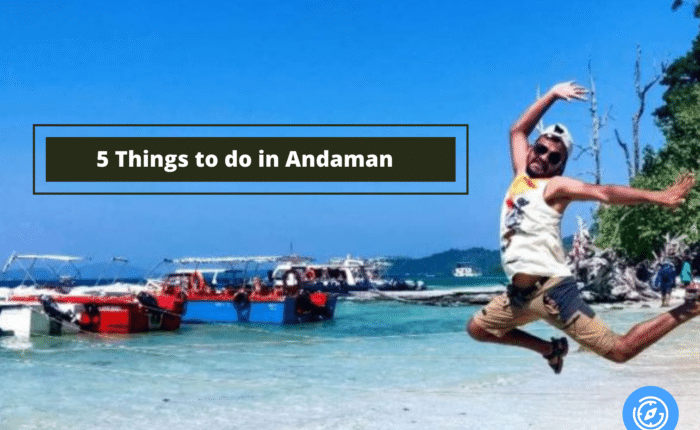Leech: the word itself sends shivers down the spine, and if you are planning a monsoon trek, forget about staying away from these. On the one hand, these are inviting, gregarious and humble, and slimy, creepy, blood-sucking monsters on the other. Leeches on the monsoon trek are very prevalent; hence, it is imperative to know how to remove them most expediently. Having a clear understanding of how they function, where they are found, how they sense us, and how to remove them will come in handy if you go for a trek. Let us read more about how their bodies function. The more you know, the less scared you would be. So, read on!
Table of Contents
How do leeches sense our presence?
Leeches use multiple sensors to sense us:
- Leeches can’t hear, although they can feel vibrations through their skin.
- They can’t see much either, but they have a strong sense of taste and touch.
- They are attracted to shadows.
- Surprisingly, they also react to the Carbon Dioxide that we exhale.
Should we be scared of these?
No, absolutely not. You can see them as bloodsuckers, but they are benevolent medical gifts doctors use in medical processes.
You will not even know if a leech is sticking to you until you spot it. Leeches use a substance that numbs the pain so that they can suck blood comfortably.
How should we react if we see a Leech on a monsoon trek?
While trekking, you have to be careful on the trail. Leeches would be everywhere – On the ridges, grasslands, forests, rocks, water, basically everywhere. If you see a leech attached to your body, don’t panic. Just be calm and patient.
But we know leeches are awful. On the brighter side, they are harmless, except they suck a few drops of blood. The maximum time for which they will stick to you will be 20 to 30 minutes. So relax.
How do they attach themselves to their hosts?
- They have suckers attached on both sides of their body, i.e. head and tail, using which they move.
- When they find an exposed area, they use blade-like teeth set into their jaws to open up the flesh.
- By releasing substances like anticoagulant Hidurin, they prevent blood from clotting so that they can feast for a longer duration.
- Along with that, their saliva contains a substance that dilates blood vessels and anaesthetises the wound area (rendering the bite painless) to increase blood flow.
- They then feast and party!
How to get rid of these?
Prevention:
Methods like pulling, scratching, alcohol, heat, or sprinkling salt sound sure shot, but they are worst because of the following reasons:
- The methods mentioned above might lead to the leech getting off, but it might also lead the sucker to keep sticking to your body, resulting in bleeding for hours and hours.
- Plus, leeches don’t have an immune system that sterilizes their gut, as humans have. While pulling them off, they may regurgitate/puke the whole blood they ingested and other microbes.
Applying a sanitizer, Dettol, Odomos, or a mix of tobacco + castor oil might also not work during the monsoon since the sanitiser will wash off your skin.
Cure:
There is a facile, more humane, and painless way to get rid of these: if you see one sitting on your shoe, skin or cloth, give multiple jerks to the creature with the help of your thumb and index finger till it gets off, and you will be done. Easy, isn’t it?
If you see a bite, washing the wound with salt water and putting a bandage is the best way to prevent infection. Otherwise, if you are on a trek, just remove the creature for some time, and forget about it till you get back home.
How to prevent these from sticking?
There is possibly no way if you are trekking in the monsoon to stay away from these. You are entering their homes (read: forest), so you must be prepared for all circumstances. Some ways to prevent these:
- Wear full-length clothes.
- Tuck your T-shirt under your pant.
- Wear long socks and tuck your pant inside your socks.
- Apply leech repellants like Sanitiser, Dettol, Odomos, or a mix of Tobacco + Castor Oil.
Above all, get used to leeches on the monsoon treks. We hope that this will ease your anxiety a bit. Other than these essential points, you just have to keep looking, keep moving and keep removing. Happy Luck!



